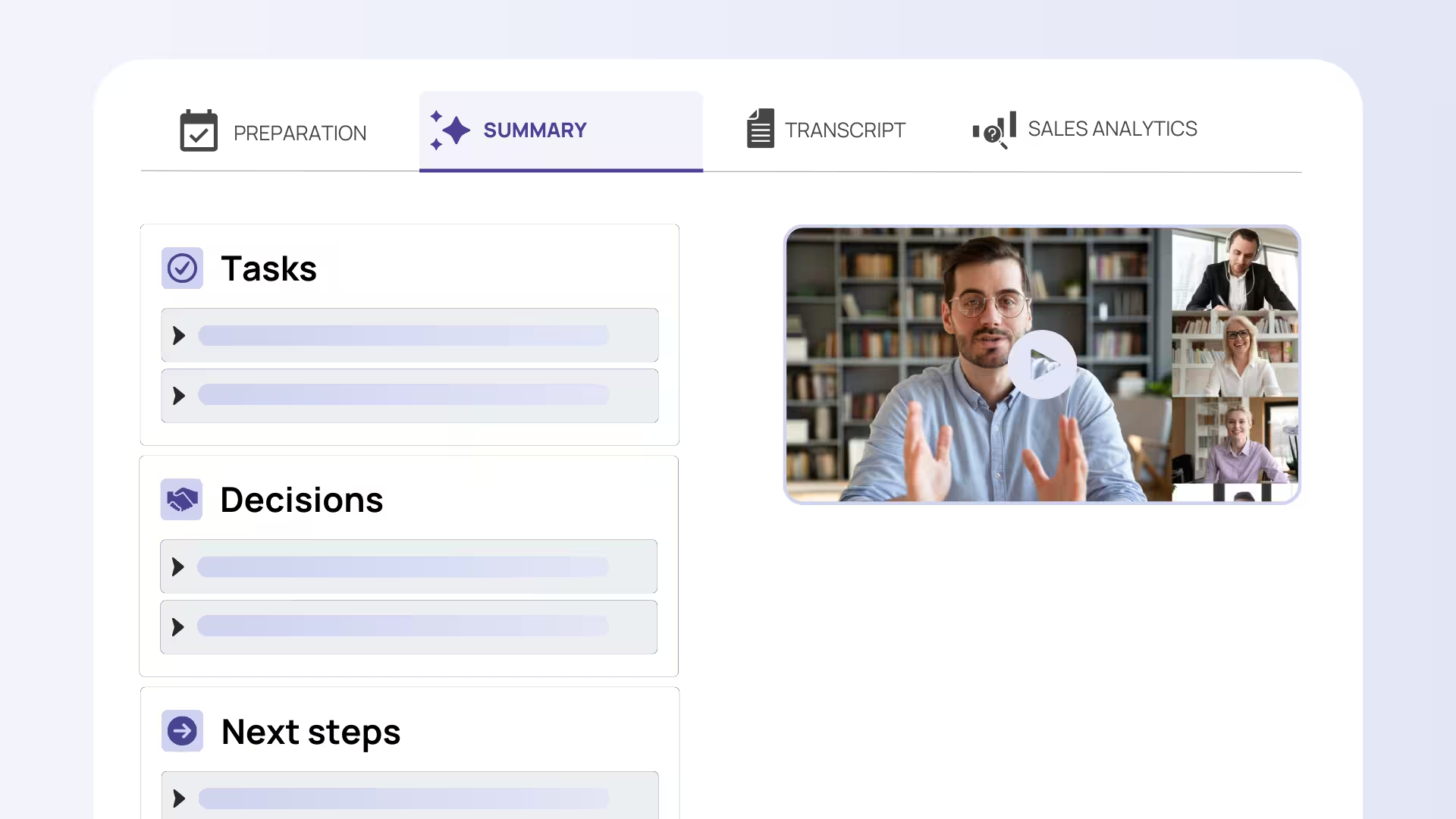Table of Contents
Why Diversity in Recruiting is Essential Today
Diversity in recruiting is no longer a nice-to-have – it's a crucial competitive factor. While companies are desperately searching for skilled professionals, they often leave enormous potential untapped: the power of diversity. Studies show that diverse teams are up to 35% more innovative and achieve better business results. At the same time, they improve employer branding and appeal to a broader target audience.
But how do you successfully implement diversity recruiting? In this article, you'll learn what diversity in recruiting means, what concrete benefits it brings, and how to strategically implement it in your company. You'll get practical tips for inclusive job postings, learn proven strategies for bias reduction, and discover how to make the success of your measures measurable.
What is Diversity in Recruiting? Definition and Relevance
Fundamentals and Concept Clarification
Diversity recruiting refers to the systematic approach of designing the talent acquisition process to be inclusive and free from discrimination. It's about consciously appealing to a diverse candidate pool and offering all applicants fair opportunities – regardless of gender, age, ethnic background, disability, sexual orientation, or other personal characteristics.
It's important to distinguish between diversity and inclusion: While diversity describes the variety of people, inclusion refers to creating an environment where all these different people are valued and can realize their potential. Both aspects are interconnected and essential for sustainable success.
Why Diversity in Recruiting is So Important
The importance of diversity in recruiting manifests in several key areas. First, it helps address the skills shortage by significantly expanding your candidate pool. Instead of only targeting traditional demographics, you tap into new talent sources.
Second, diverse teams demonstrably promote innovation and creativity. McKinsey studies prove that companies with more diverse teams are 35% more likely to achieve above-average profits. Different perspectives and experiences lead to better problem-solving and more creative approaches.
Third, diversity significantly improves your employer brand. Particularly younger generations expect employers to clearly commit to diversity and equal opportunity. Companies that authentically live these values have significantly better chances in the war for talent.

Benefits of Diversity in Recruiting for Companies
Promoting Innovation and Creativity
Diverse perspectives are the key to groundbreaking innovations. When people with different backgrounds, experiences, and ways of thinking work together, they create solutions that homogeneous teams would never have developed. A practical example: SAP was able to significantly improve their software quality by specifically hiring people with autism, as these employees discovered errors that others had missed.
Google invests massively in diversity programs and reports significantly more creative product developments. The company has recognized that diverse teams not only deliver better results but also develop products that appeal to a broader target audience.
Competitive Advantages Through Diverse Teams
Diverse teams provide you with significant competitive advantages. They better understand different markets and customer segments, leading to improved international competitiveness. When your team reflects the diversity of your customers, you can much better understand and serve their needs.
Additionally, studies show that diverse teams have higher employee retention and lower turnover rates. People feel more comfortable in an inclusive environment and are more motivated to stay with the company long-term.
Reducing Prejudice and Promoting Equal Opportunity
Diversity recruiting positively impacts the entire company culture. It creates a team climate where different opinions are valued and all employees can reach their full potential. This leads to higher motivation and better performance across the entire team.
Reducing unconscious bias in the recruiting process not only ensures fairer decisions but also better personnel selection. When you evaluate people based on their abilities rather than superficial characteristics, you find the truly best candidates.
Practical Strategies and Measures for More Diversity in Recruiting
Creating Inclusive Job Postings
The first step toward more diversity in recruiting begins with the job posting. Use gender-sensitive language and avoid phrasing that could unconsciously exclude certain groups. Instead of "We're looking for an experienced salesman," write "We're looking for an experienced sales professional (m/f/d)."
Also pay attention to the adjectives used. Terms like "assertive" or "aggressive" can be perceived as masculine, while "team-oriented" or "empathetic" tend to be perceived as feminine. Use neutral formulations and focus on the really important qualifications.
Reducing Bias in Recruiting
Unconscious bias is one of the biggest obstacles to successful diversity recruiting. Anonymized application processes can help by initially hiding personal information like name, age, or photo. This way, you focus on professional qualifications.
Modern AI tools offer additional support here. Text analysis software can identify problematic phrasing in job postings, while algorithm-supported pre-selection tools help evaluate applications more objectively. Tools like Sally can also be helpful here, analyzing conversations and helping to identify and reduce bias in job interviews.
Regular training for your recruiting team is also indispensable. Only those who are aware of their unconscious biases can actively counteract them.
Promoting Cultural Change in the Organization
Sustainable diversity recruiting requires cultural change throughout the entire company. Diversity training for HR employees and executives is the first step. These shouldn't just happen once, but should be regularly repeated and deepened.
Leaders play a particularly important role as role models. When they authentically live and promote diversity, it affects all employees. Integrate diversity goals into the long-term company strategy and make them a permanent part of the company guidelines.
Measuring Success and Sustainable Integration of Diversity in the Company
KPIs and Success Control in Diversity Recruiting
No measurement, no success – this principle also applies to diversity recruiting. Important metrics include the proportion of underrepresented groups in the applicant pool, hiring rates of different groups, and employee satisfaction regarding inclusion.
Establish feedback systems for applicants and employees. This way, you'll learn how your diversity measures are perceived and where there's still room for improvement. Many companies use anonymous surveys or conduct regular focus groups.
Tools like Sally can also support here by analyzing meeting recordings and providing insights into communication patterns during job interviews. This way, you can recognize whether all candidates are being treated equally.

Long-term Integration into Company Culture
Diversity must become a permanent part of the company DNA. This means that diversity is not only promoted in recruiting but also lived in daily collaboration. Mentoring programs can help promote and develop underrepresented groups.
Inclusive continuing education and development programs ensure that all employees have equal opportunities. Communicate transparently about successes and challenges – this builds trust and shows that you take diversity seriously.
Global Perspectives and Cultural Sensitivity
Diversity strategies differ significantly between various countries and cultures. In the US and UK, for example, there are stronger legal requirements for diversity reporting, while in Germany the focus is more on voluntary measures.
If your company operates internationally, you must adapt your diversity strategies to local conditions. What's considered progressive in one country may be perceived as inappropriate in another. Cultural sensitivity is the key to success here.
Conclusion: Making a Difference with Diversity in Recruiting
Diversity in recruiting is far more than a social trend – it's a strategic imperative for future-ready companies. The benefits are clear: higher innovation, better business results, stronger employee retention, and an improved employer brand.
The path to successful diversity recruiting begins with inclusive job postings and the conscious reduction of bias. Modern technologies can help, but the most important factor is the cultural change in the organization. Only when leaders and HR teams authentically live diversity can it be sustainably anchored in the company culture.
The future belongs to companies that see diversity as an opportunity and systematically promote it. Artificial intelligence will play an increasingly important role – both in identifying bias and in analyzing communication patterns in job interviews. Tools like Sally are already supporting today's efforts to make recruiting processes more objective and fair.
Start implementing today: Review your job postings for inclusive language, train your team regularly, and define clear diversity goals. With the right strategy and consistent implementation, you'll turn diversity recruiting into your competitive advantage while contributing to a more just and innovative working world.

Try meeting transcription now!
Experience how effortless meeting notes can be – try Sally free for 4 weeks.
Test NowOr: Arrange a Demo Appointment

.avif)


